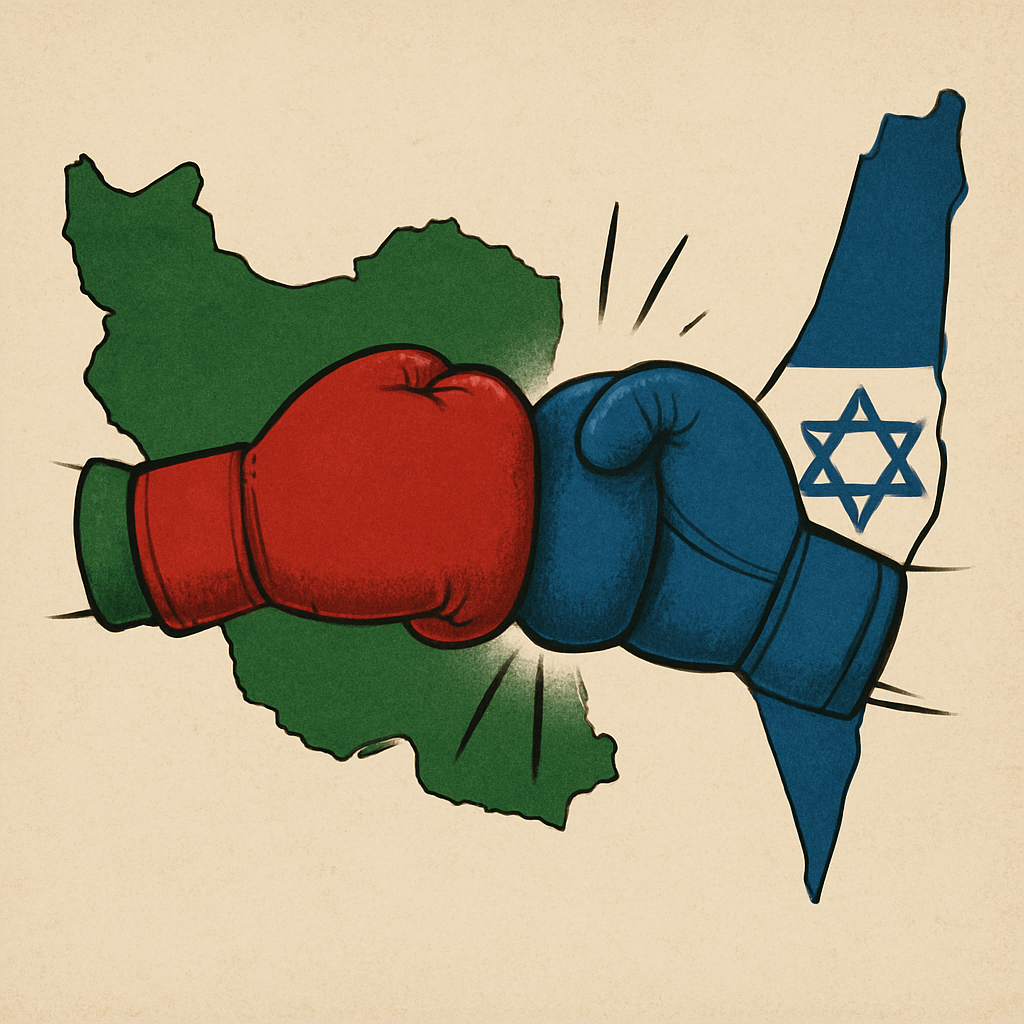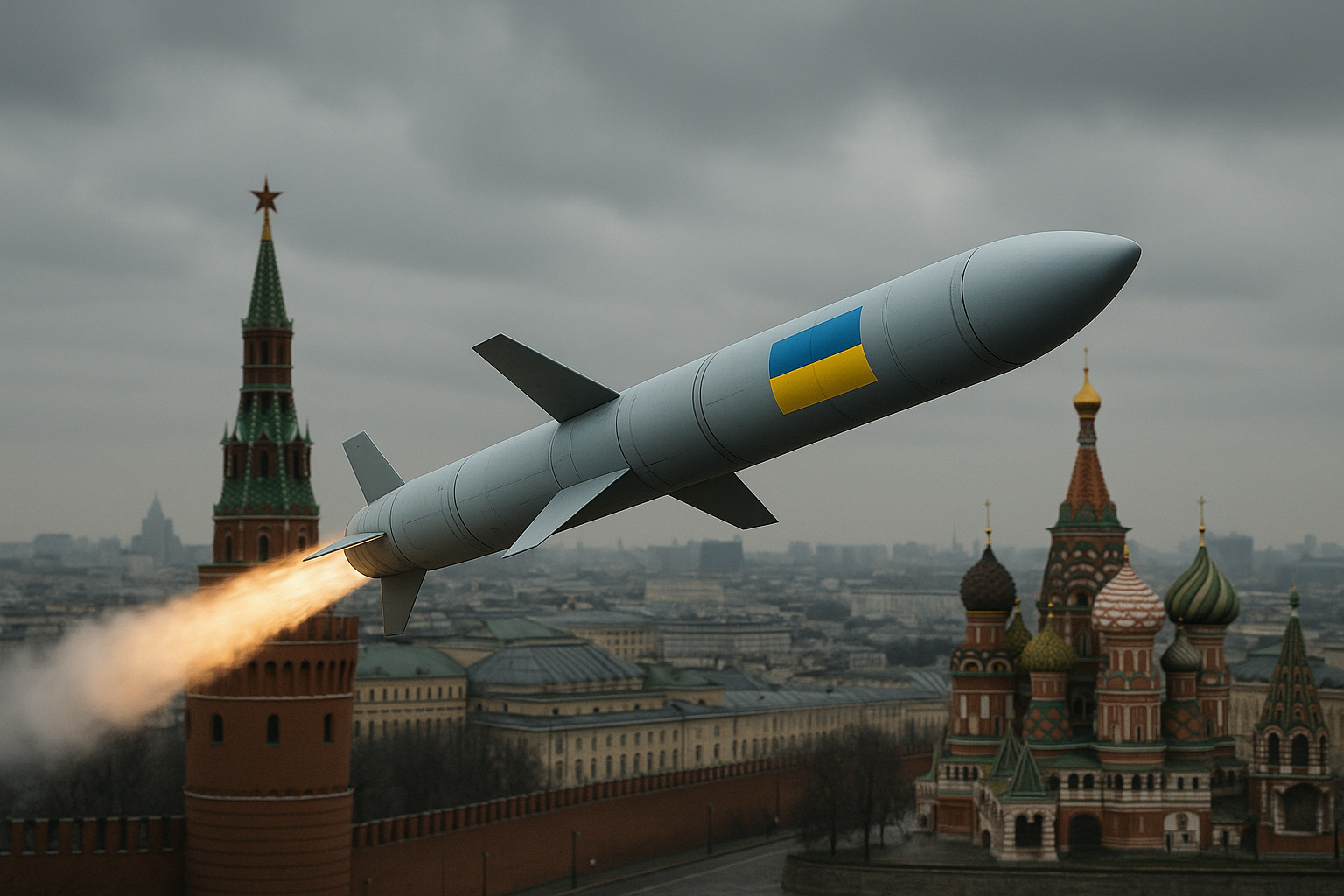The Day the Mask Slipped
At 2:04 a.m. local time on June 13, 2025, explosions erupted over Isfahan, Iran—one of the most fortified military zones in the country. The strike was surgical, and the message unmistakable: Israel had just launched a direct assault on Iranian soil.
Less than 48 hours later, Iran struck back. Drone swarms and precision missiles hit two Israeli airbases and a military communication node outside Haifa. Unlike the shadowy proxy wars of the past, this was unambiguous and direct. For the first time in history, two of the Middle East’s most formidable powers were trading fire—openly.
With Donald Trump back in the White House, American policy has shifted dramatically, and the region is recalibrating. This is no longer a regional flare-up. This is the birth of Middle East 2.0.
From Shadows to Shockwaves
Israel and Iran have danced on the edge of war for decades. Assassinations, cyberattacks, and sabotage defined their quiet feud. But those were whispers in a dark alley. This is a gunfight at noon.
Israeli officials claimed the June 13 strike neutralized a key Iranian coordination center allegedly tied to drone deployments in Syria and Iraq. Iran’s retaliation was immediate—but measured. They struck military targets only, sparing civilian casualties and avoiding escalation overkill.
This new phase—public, fast, and calibrated—represents a strategic shift: the conflict has exited the shadows. That makes it more volatile, more publicized, and far more dangerous.
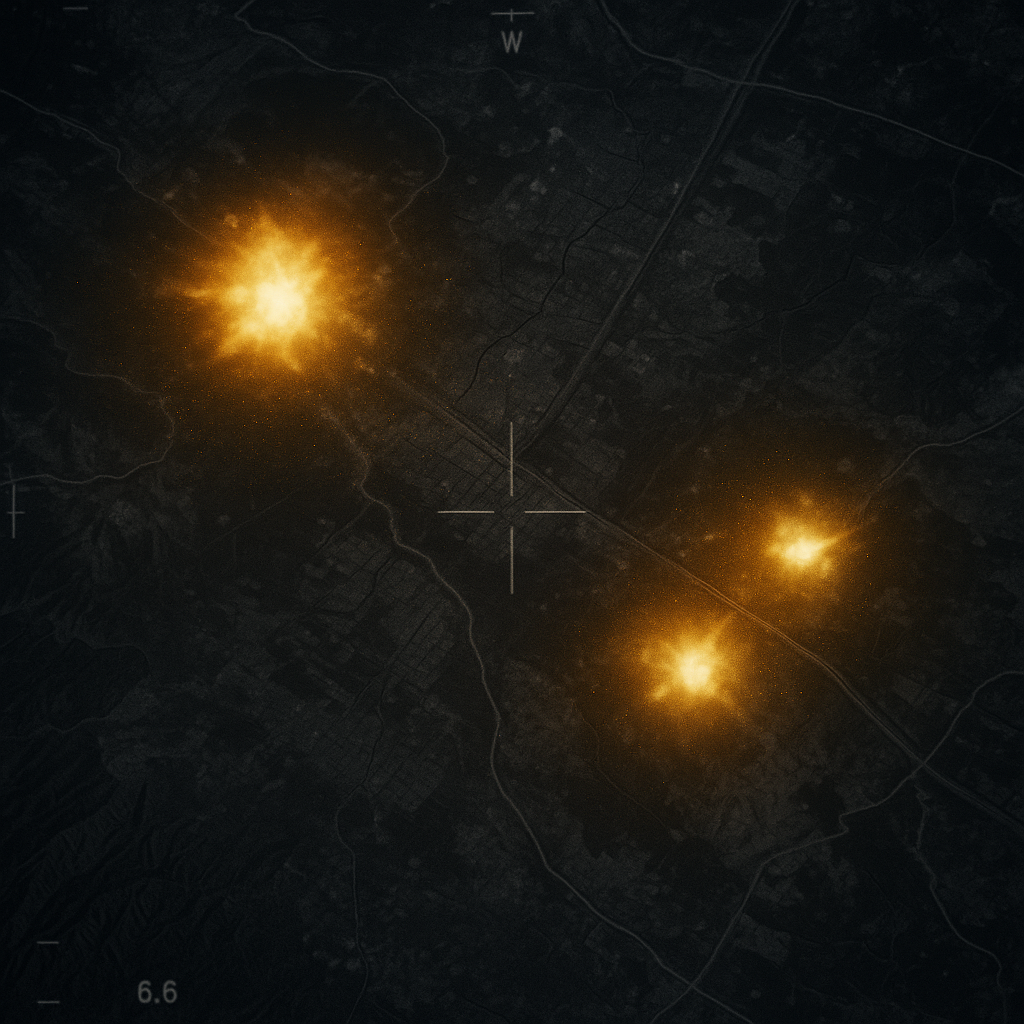
Thermal imaging shows precision Israeli strikes on Iranian military sites near Isfahan.
Tehran’s Message: We’re Not Afraid, But We’re Not Reckless
Iran’s retaliatory strikes were lethal but limited. Missiles landed on military infrastructure—not urban centers. Intelligence suggests Iran may have warned neighboring states to avoid civilian air traffic near Israeli targets, reducing risk of collateral damage.
This wasn’t weakness. It was strategy.
By showing it could hit Israeli targets with accuracy—and choose not to escalate—Tehran sent a message to Washington, Tel Aviv, and Riyadh alike: “We have the tools. We are not irrational. But we are ready.”
Realignment in the Region
The Middle East, already cracked along sectarian and political lines, is now showing signs of a full fracture.
- Saudi Arabia has issued rare public neutrality, even as it quietly bolsters defenses at its oil terminals.
- Hezbollah in Lebanon has gone on high alert but held back, likely awaiting further instructions from Tehran.
- The UAE and Bahrain, both signatories to the Abraham Accords, are facing pressure from domestic constituencies to reassess their alignment with Israel.
- Turkey has condemned both nations and appears to be increasing intelligence activity near Kurdish/Iranian border regions.
This isn’t just tension. It’s tectonic. The geopolitical plates are shifting, and every state is scrambling to avoid the fault lines.
Trump’s White House Returns to Hardline Doctrine
President Trump, newly returned to office, wasted no time in drawing clear lines. He released a statement from the White House Rose Garden hours after Iran’s retaliation:
“The United States stands 100% with our friend and ally Israel. Any attack on them is an attack on peace, and we won’t tolerate it.”
But here’s what Trump hasn’t done: he hasn’t launched strikes, sent carrier groups, or invoked collective defense treaties.
Instead, his administration has leaned on:
- Increased sanctions on Iranian oil buyers in China and India.
- Accelerated arms deals with Gulf states, including a controversial new drone pact with the UAE.
- Private overtures to Russia to maintain a buffer in Syria, cutting Iran off from key corridors.
Trump’s “peace through dominance” approach is back—but with sharper elbows and fewer diplomats.
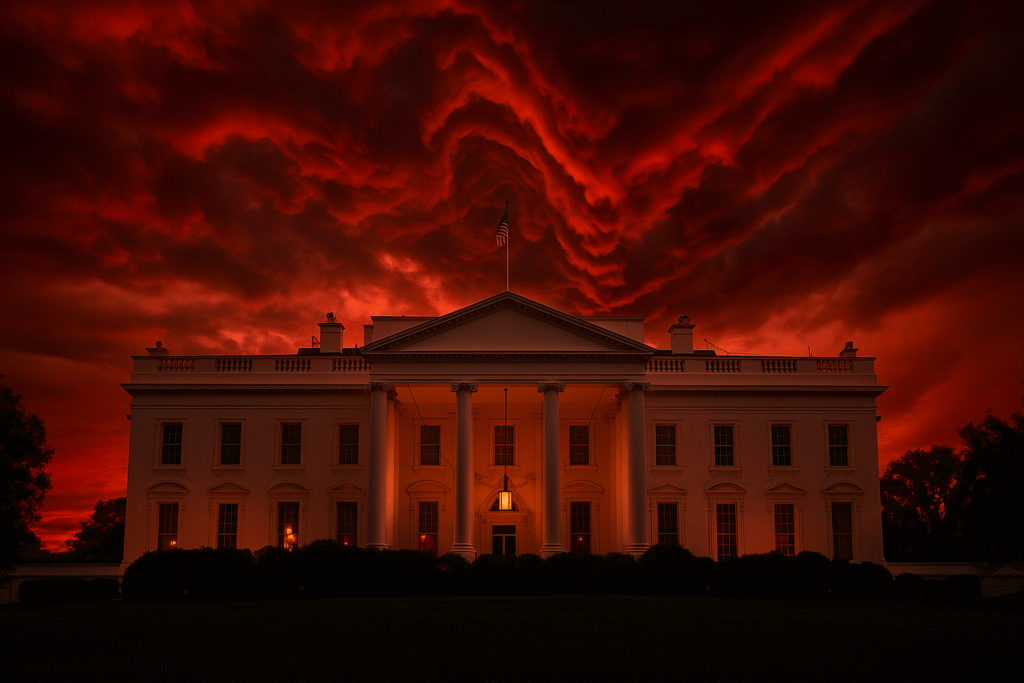
President Trump reasserts U.S. backing of Israel, signaling a return to maximum-pressure diplomacy.
Are the Abraham Accords in Jeopardy?
When Trump first championed the Abraham Accords in 2020, the vision was bold: normalize Israel’s ties with Arab neighbors and isolate Iran. The reality in 2025 is more fragile.
With war in the air and Israeli missiles lighting up Iranian skies, normalization feels more like a pause button than a peace plan. Arab populations sympathetic to the Palestinian and Iranian causes are exerting pressure on their governments to cut or freeze ties with Israel.
So far, no nation has formally exited the accords. But behind the scenes, diplomatic freeze is already setting in. Arms deals are being re-evaluated. Cultural exchanges are on hold. What was once Trump’s signature foreign policy triumph is now a balancing act on a powder keg.
The Cyber Frontline Quietly Rages
While headlines focused on explosions, the digital war raged in silence:
- Tehran’s metro system experienced a mysterious shutdown for three hours.
- Israel’s border surveillance drones in the north briefly lost contact with HQ.
- Reports suggest a malware outbreak affected the mobile networks of a U.S. base in Qatar.
Cyberweapons have become first-strike tools: no body count, high impact, and deniable. Trump’s Pentagon is rumored to be greenlighting a new cyberoffensive doctrine to match Iran’s capabilities.
Middle East 2.0 isn’t just physical. It’s digital, ambient, and always one keystroke away from chaos.
Global Shockwaves: Oil, Markets, and the Strait of Hormuz
Oil prices spiked $11 a barrel within 36 hours. The threat of Iranian closure of the Strait of Hormuz, where a third of the world’s seaborne oil passes, is once again real.
- European airlines have rerouted all flights away from Israeli and Iranian airspace.
- Asian markets are down, particularly in India and Japan, both of which rely on Iranian oil and Israeli tech.
- Russia and China remain officially neutral—but both are leveraging the chaos to push diplomatic deals with Gulf states.
The Trump administration insists “energy dominance” will insulate America, but global markets tell a different story. Instability in the Middle East is never just regional. It’s global by design.
The End of Proxy War?
With both nations striking each other directly, the age of proxies may be fading—or at least evolving.
- The Houthis in Yemen, backed by Iran, have held fire, a possible sign of coordination restraint.
- Hamas has condemned Israel but not escalated, indicating a wait-and-see approach.
When state actors fight like this, proxies often become tools of strategic delay, not spontaneous action. Expect a shift toward more covert but coordinated operations, with fewer freelance actors and more state-directed timing.
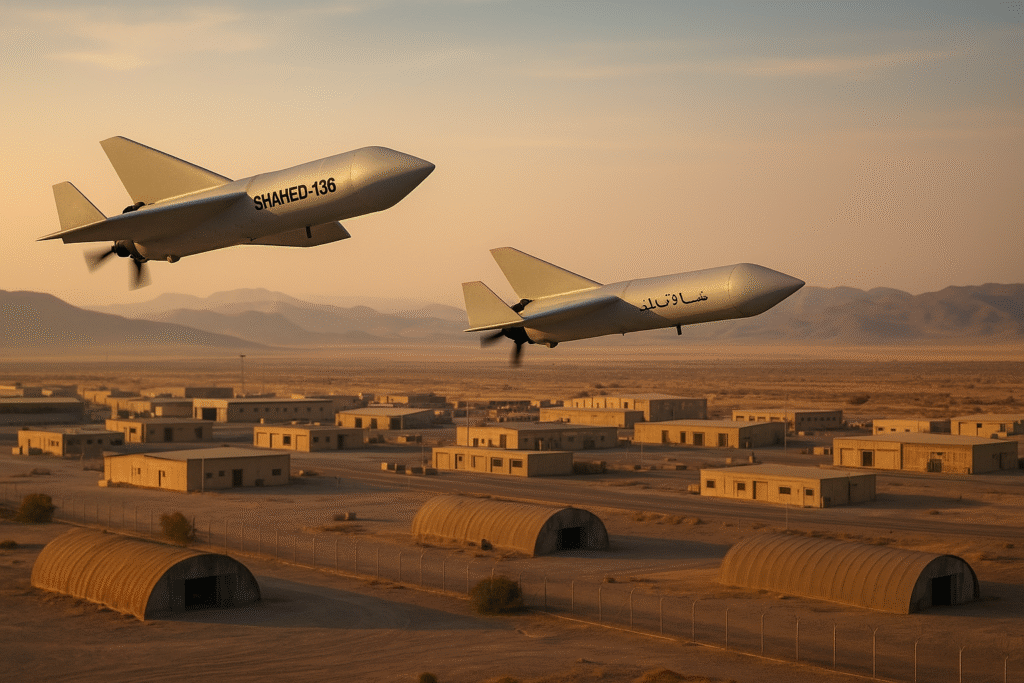
Iranian Shahed drones launched in a wave formation, targeting key Israeli defense nodes.
What Happens Now: Waiting for the Second Wave
As of this writing, both nations appear to have stepped back from immediate further strikes. But this calm is deceiving.
What’s likely next:
- Iran may test Israeli naval defenses via drone harassment in the Red Sea.
- Israel could launch cyberattacks on Iran’s Revolutionary Guard logistics systems.
- The U.S. may expand sanctions to enforce a de facto blockade on Iranian oil.
This isn’t peace. It’s reset positioning. Middle East 2.0 isn’t about old wars. It’s about new rules, unspoken deals, and escalation limits constantly tested in real-time.
The Fuse Is Lit—and the Rules Have Changed
This is no longer a hidden war waged through shadows and proxies. With Trump back in power and Israel and Iran exchanging direct strikes, the illusion of strategic ambiguity is gone.
We’ve entered a new phase—fast, open, and volatile. Middle East 2.0 will not be defined by old alliances or treaties. It will be shaped by the speed of drone swarms, the silence of cyberattacks, and the unpredictability of leaders who now believe hesitation is more dangerous than provocation.
The fuse is lit. And no one knows how long the wire is.
